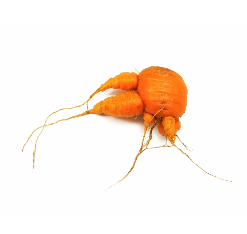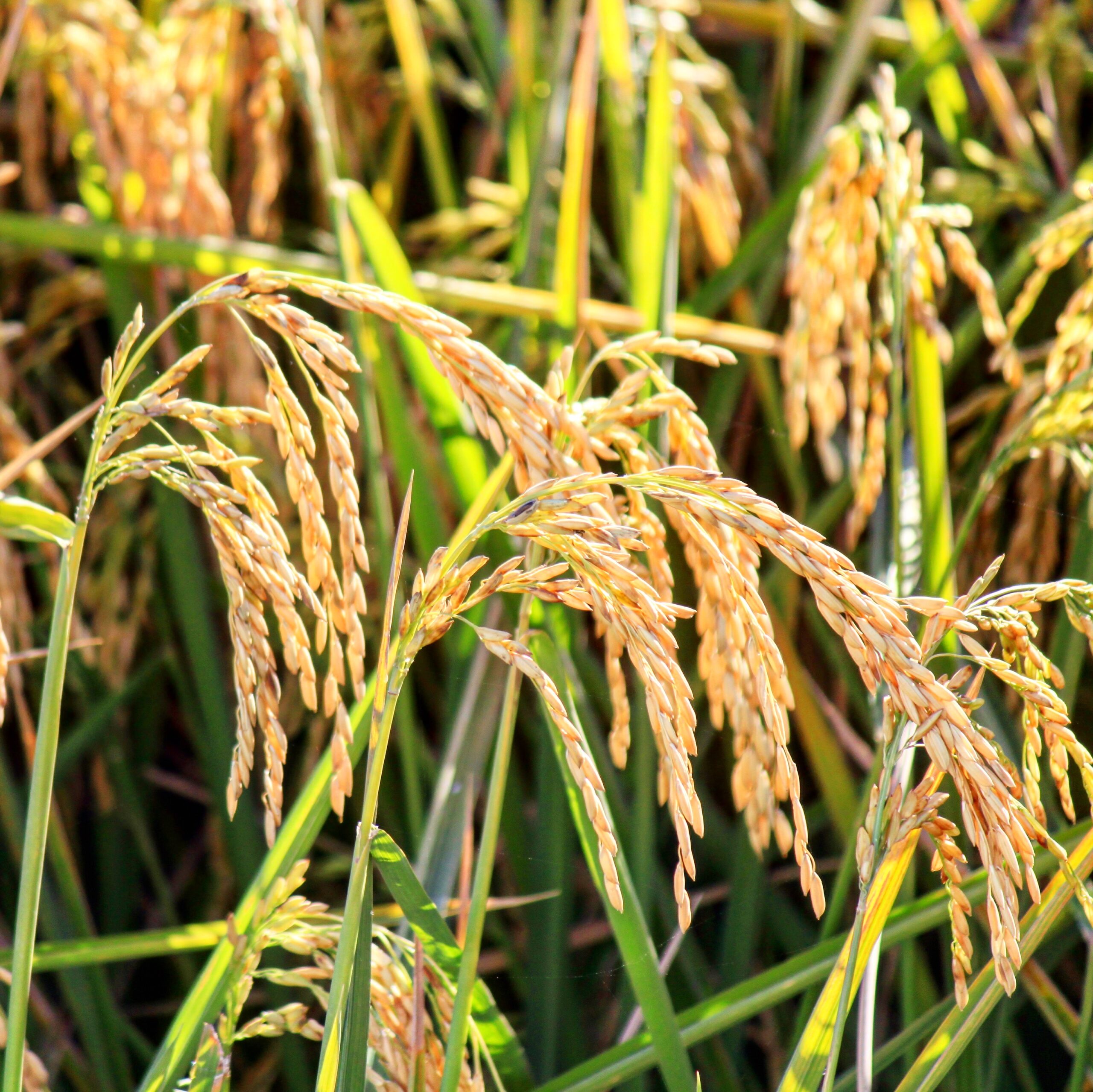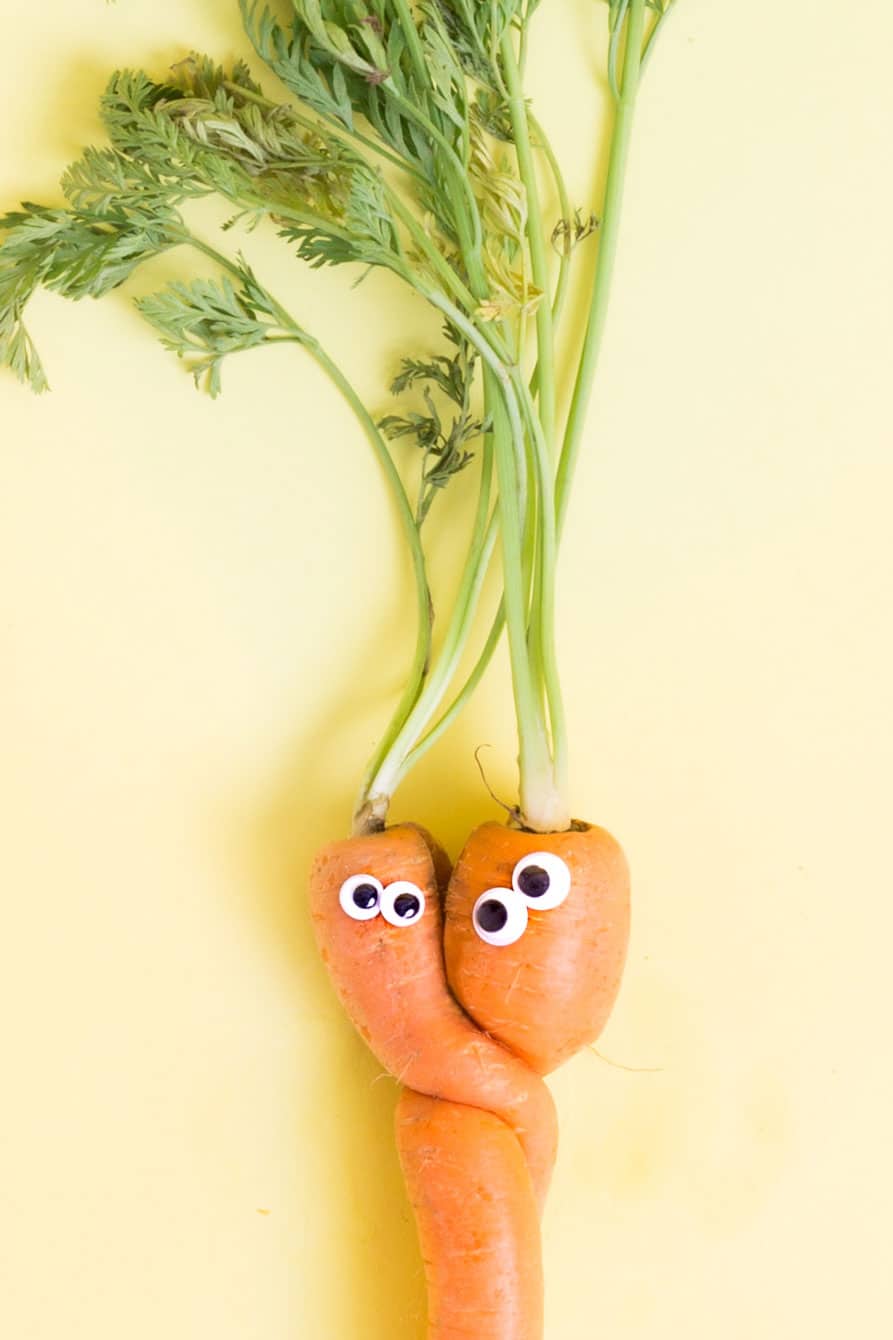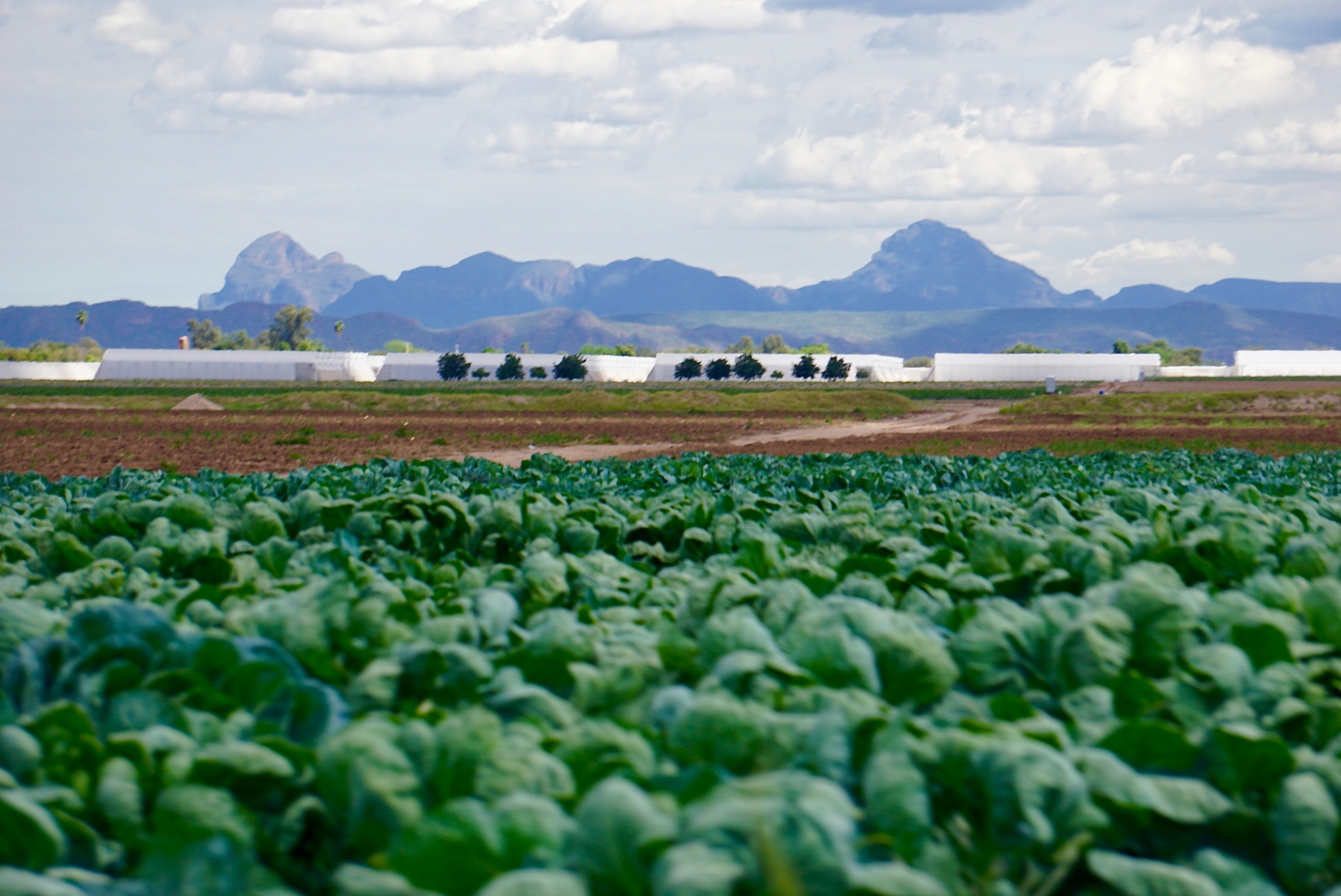Daniel Blake, CEO of MUSE
One season of growing vegetables will introduce any amateur gardener to the fascinating world of imperfections. Does that mean an odd-shaped tomato will taste any less satisfying than one that is perfectly round? Hardly. These different, yet naturally shaped, fruits and vegetables are called the misfits. Their natural variations set them apart. In some cases, the differences are subtle, and sometimes they are much more conspicuous. The important thing to remember is that regardless of how they look, there are some serious benefits to eating those misfits.
Diversity and superficial imperfections aren’t flaws to be corrected, but should be traits to be celebrated. Accordingly, it seems irresponsible and wasteful to put almost 40 percent of the food that we grow in landfills, with a large portion of that being due to mere aesthetic flaws.
Photoshop lets us erase every imperfection from people and objects to create perfect images. It’s almost impossible to find any marketing or advertising that hasn’t been altered by Photoshop, which has created an unattainable standard for our bodies, our successes, and our lives. Many people don’t realize that flawless skin, perfect tans, and faux muscles are computer generated, and shouldn’t be the norm. But this unattainable standard of perfection is totally one-dimensional and purely cosmetic, which oversimplifies our worth and who we are.
Life is more enjoyable and rewarding when we embrace what makes us unique! That same attitude can be reflected in the food that we eat. Celebrating the unique qualities of produce can make eating more enjoyable. It can even affect our self- esteem: every time you eat a misfit fruit or veggie, you will remember that your unique traits are not to be discarded, but to be celebrated! You might think this sounds silly, but it’s true!
Physical Health Benefits
Making the choice to eat misfit fruits and vegetables reduces your limitations on eating good produce, which can benefit your health. Do you get the recommended servings of fruits and vegetables in your diet everyday? If you don’t, you’re not alone. According to HealthAliciousNess.com, in 2009, only 32 percent of the U.S. population ate two or more servings of fruit a day. Only 26 percent ate three or more servings of vegetables a day. In fact, there is no state or territory in the U.S. that has over 50 percent of the population eating five servings of fruits and vegetables a day. This means that the majority of Americans aren’t getting the necessary health benefits from their diets. They are, however, getting a lot of unnecessary foods in their diets. The USDA says that the average American consumes 3,800 calories per day.
Don’t be fooled into thinking that the appearance of produce determines its nutritional value. The benefit of eating a misfit carrot is just the same as a perfectly shaped carrot, and, if you decide to eat both, you will have access to even more nutritive food than before.
Responsibility Benefits
Although it may surprise you, eating misfits is a great way to take a stand for environmental responsibility. The USDA estimates that about 20 percent of the land in the United States (442 million acres) is agricultural. This area uses about 80 percent of the country’s consumptive water—and over 90 percent in many Western States—in order to grow crops. If 40 percent of the food grown here ends up in landfills, in part because it doesn’t meet aesthetic standards, then we are living in a culture of waste. You can contribute to reducing this wastefulness by simply refusing to discard useful produce. By eating the misfits, you can declare that you are done with waste, and that you care about being a responsible steward over our natural resources.
Environmental Benefits
That leads us to the environmental benefits of reducing the amount of food waste. Every year, we throw away over 30 million tons of food. That’s enough to fill the Rose Bowl stadium once every three days with nothing but food waste. Just think about that for a second. About 20 percent of all landfill space is filled with food—more than any other single item we throw away. And fruits and veggies have the highest waste rates of any food. As that food rots, it emits methane gas, which is 20 times more damaging to the environment than CO2. By eating the misfit fruits and veggies, we can all do our part in reducing the total amount of greenhouse gasses that are being emitted. If adopted on a national scale, the United States could greatly reduce the amount of methane released into the atmosphere. Sure, eating misfit fruits and veggies won’t solve all of society’s problems, but it can help provide some benefits that we could all use. Don’t wait any longer to enjoy the mental, physical, responsible, and environmental benefits of eating misfits!









